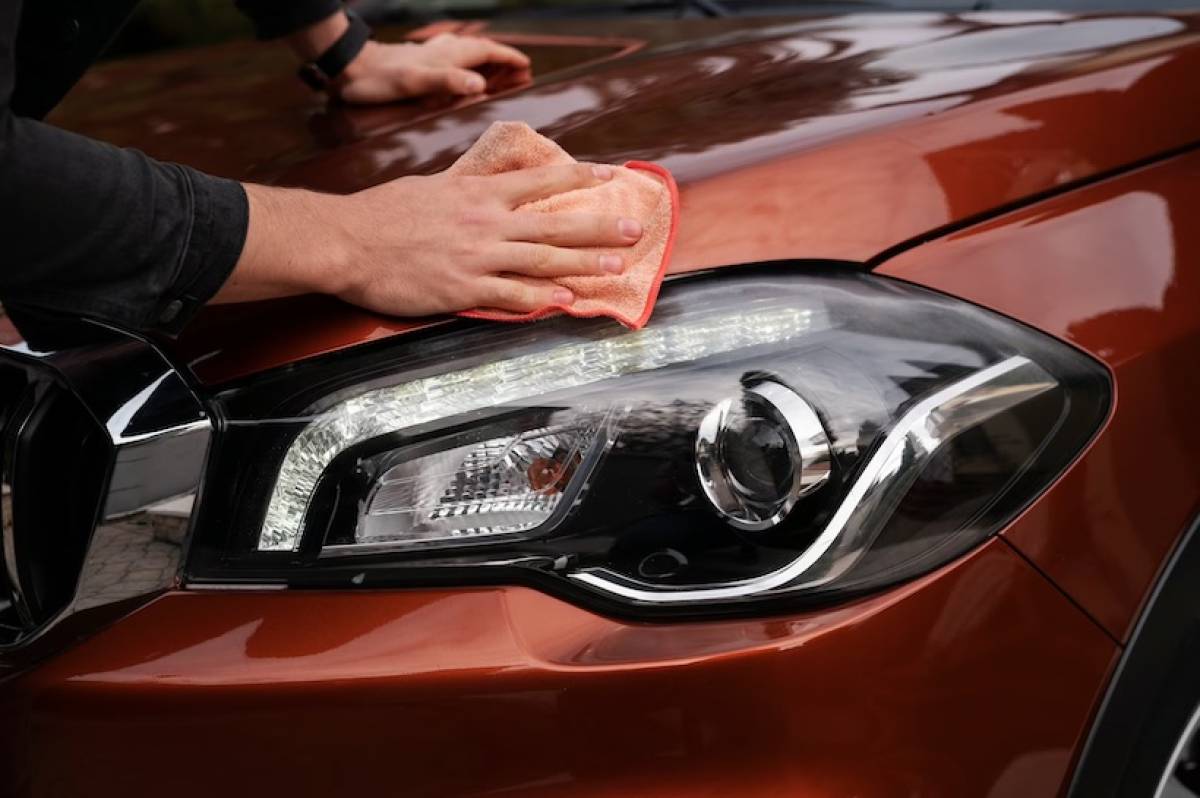What You Should Know About Vehicle Ceramic Coatings Before Getting Them

Do you spend a lot of money on maintaining your car's shiny appearance? Are you constantly troubled about tree sap, bird droppings, and dust harming your car's paintwork and causing its rapid deterioration?
The answer to these problems may lie in a ceramic coating, which is an advanced form of protection for your vehicle's body that lends a glossy appearance and acts as a perfect shield against harmful external elements.
But how does it work? What are some of its advantages and application process? You’ll find out all this information and more in this article.
Intro to nano ceramic coatings
Nano ceramic coatings, or ceramic coatings as they're commonly known, are scientifically formulated liquids or solutionsthat provide advanced protective coating for automotive and marine surfaces. These coatings provide a highly durable and long-lasting layer of protection for paint, glass, and metal surfaces.
The ceramic particles in the coating form a strong bond with the surface, creating a barrier that repels water, dirt, and other contaminants. The result is a smooth, glossy finish that maintains its shine and appearance for years, even with regular exposure to the elements.

How do ceramic coatings work inside the vehicle?
Ceramic coatings are not your typical wax or sealant but a high-tech product that uses the latest advancements in nanotechnology.
The ceramic particles are small, allowing them to penetrate deep into the surface's pores and provide a much stronger bond than traditional surface protectants.
The coatings are also resistant to UV rays, acid rain, and other environmental factors that can cause fading or damage to the surface.
What is the application process?
The application process is straightforward and typically involves several steps.
First, the surface must be thoroughly cleaned and prepared to ensure that the coating adheres properly.
Next, the solution is applied in multiple thin layers, allowing it to cure between applications.
The final step is to fix the coating under controlled conditions, allowing it to reach its maximum strength and durability.
Which surfaces are they applicable for?
Ceramic coatings work for various surfaces, including paint, glass, and metal. They can be applied to cars, boats, motorcycles, and other vehicles.
They are available in several different formulas, each designed to provide a specific level of protection and durability.
What are some of their advantages?
Nano ceramic coatings are thin layers of ceramics applied to a surface to enhance their properties. These coatings are gaining popularity due to their numerous advantages, including the ones below:
- Durability: Nanoceramic coatings are tough and durable, providing long-lasting protection against wear and tear, scratches, and other forms of damage.
- Heat resistance: These coatings have excellent thermal stability and can withstand high temperatures, making them ideal in high-heat environments.
- Chemical resistance: Nano ceramic coatings are highly resistant to chemical corrosion, making them ideal for use in harsh environments where chemicals are present.
- Hydrophobic properties: They repel water, making them helpful in protecting vehicle surfaces exposed to moisture frequently.
- Improved optical properties: These coatings can enhance the optical properties of a surface, making them helpful in improving the performance of optical devices and components.
- Increased efficiency: Nanoceramic coating solutions can improve the efficiency of many systems, including car engines, by reducing friction and increasing heat transfer.
- Environmental sustainability: These coatings are environmentally friendly and do not emit harmful chemicals or toxins, making them a safer and more sustainable vehicle option than traditional coatings.
In conclusion
If you haven't already, you should consider getting ceramic coating for your car. It offers manybenefits, from giving the vehicle a glossy look to protecting it effectively from external elements.
Moreover, ceramic coating is more cost-effective compared to waxing and other methods, as it requires fewer reapplications and reduces the need for maintenance.

















![[node:title]](/sites/default/files/styles/video_thumbnail_bottom/public/man-florida-house-sold-sign-raltors-license.jpeg?itok=1M9PrpuZ)

![Should You Opt for Intermittent Fasting in a Carnivore Diet? [node:title]](/sites/default/files/styles/video_thumbnail_bottom/public/beef_fillet_meat_steak_intermittent_fasting_carnival_diet.jpg?itok=kSdTJ3HZ)
![How Bloodborne Pathogen Training Works for Businesses [node:title]](/sites/default/files/styles/video_thumbnail_bottom/public/man-woman-white-robes-ppe-tube-glass-blood-slide.jpg?itok=2Pjvk9J0)